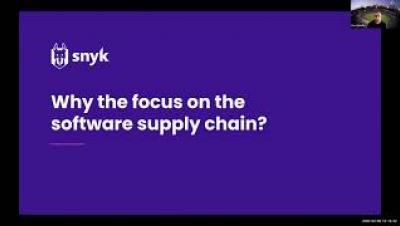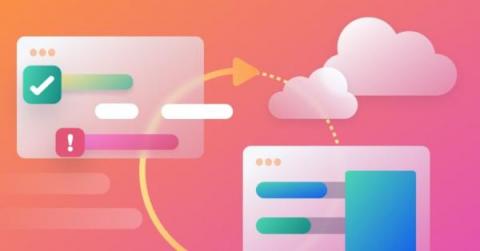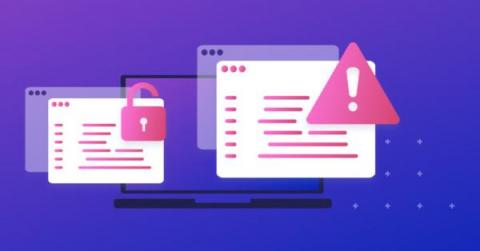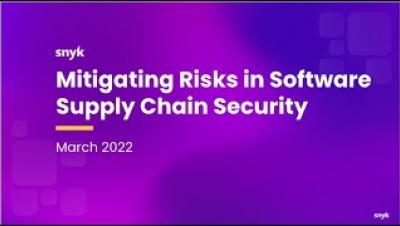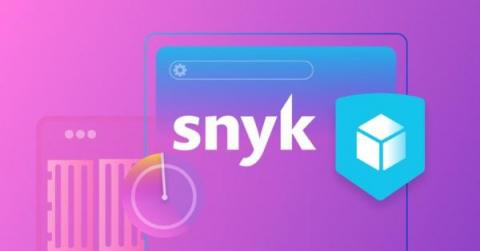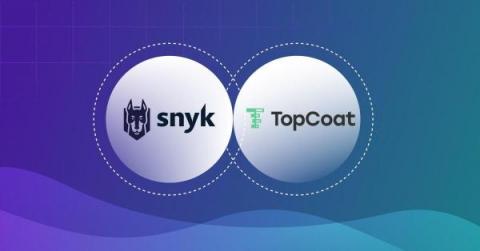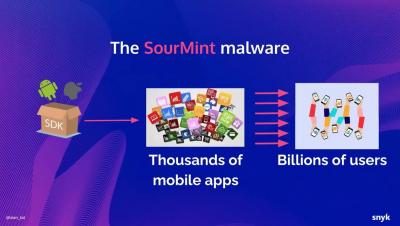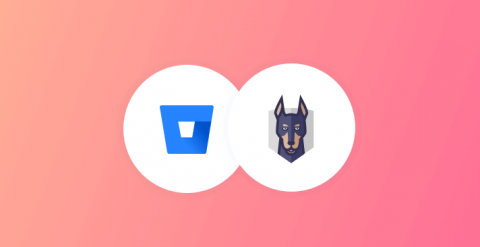Security | Threat Detection | Cyberattacks | DevSecOps | Compliance
Snyk
A Day In The Life of A Service Company CISO - Caroline Wong
How to Mitigate the Risks of Software Supply Chain Security
Infrastructure drift and drift detection explained
Expectations do not always line up with reality. If you’ve started using infrastructure as code (IaC) to manage your infrastructure, you’re already on your way to making your cloud provisioning processes more secure. But there’s a second piece to the infrastructure lifecycle — how do you know what resources are not yet managed by IaC in your cloud? And of the managed resources, do they remain the same in the cloud as when you defined them in code?
"Dirty Pipe" Linux vulnerability and your containerized applications (CVE-2022-0847)
Recently, CVE-2022-0847 was created detailing a flaw in the Linux kernel that can be exploited allowing any process to modify files regardless of their permission settings or ownership. The vulnerability has been named “Dirty Pipe” by the security community due to its similarity to “Dirty COW”, a privilege escalation vulnerability reported in CVE-2016-5195, and because the flaw exists in the kernel pipeline implementation.
Mitigating Risks in Software Supply Chain
Simplifying container security with Snyk's security expertise
The most beautiful and inspiring aspect about open source code is, well, that it’s open source. We can look at open source packages like gifts that are exchanged between developers across the engineering world, allowing them to learn from the work other people do, contribute their own expertise, and grow their professional capabilities. Contributing to open source is much appreciated, and it is important to remember not only to benefit from these projects, but also to contribute back.
Welcoming TopCoat to Snyk
We’re excited to announce that Snyk and TopCoat are joining forces. TopCoat and its founders — Seth and Josh Rosen — are well established and respected in the data analytics space. They’ve built a powerful data analytics platform that simplifies building data applications through an integration with dbt, allowing data analysts and engineers to quickly create highly customized data reporting and visualizations.
Are We Forever Doomed By Software Supply Chain Risks?
Snyk and Bitbucket best practices cheat sheet
As the partnership between Snyk and Atlassian continues to grow, we decided to put together a best practices cheat sheet to help you make the most of our integration with Bitbucket. This will help you use Bitbucket more securely to manage and store your code, as well as continuously monitor your code and dependencies for potential vulnerabilities using Snyk. Here are the seven best practices we’ll discuss in this post: Download the cheat sheet




